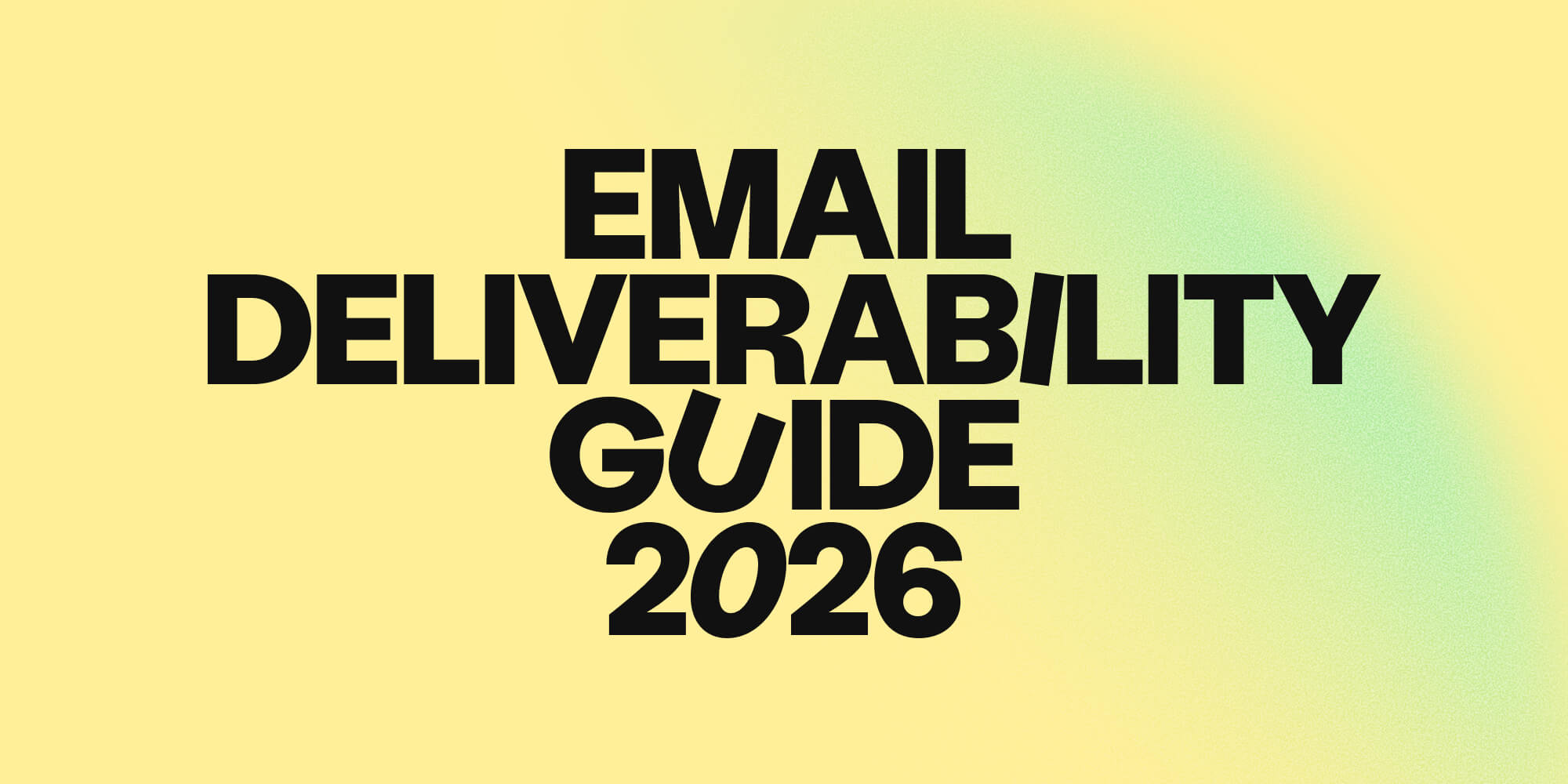How to get automatic leads for your B2B sales pipeline
•
September 4, 2024
.jpg)
Ready to boost your B2B pipeline with automatic lead generation? Discover how to automate time-consuming lead capture, scoring, and nurturing processes to streamline sales and drive faster conversions!
Generating leads is a non-negotiable for B2B sales, but doing it manually can be such a drag.
The solution? Automated lead generation!
By leveraging automation, you can streamline your lead generation processes and claim back valuable selling time whilst at the same time enhancing lead quality, and ultimately, driving more sales.
In this blog, we'll explore how you can harness the power of automatic lead generation to optimize your B2B sales pipeline. There will come a time when you won’t believe you used to do all this manually...
What is automated lead generation?
Automated lead generation means using technology to perform repetitive tasks associated with finding and nurturing potential customers.
Instead of manually researching and reaching out to prospects, you can set up systems to capture, qualify, and engage leads automatically.
To do this, sales teams set up tools and software that handle tasks like sending emails, scoring leads, and tracking interactions.
How does automated lead generation work?
Automated lead generation involves a few key steps. Some automation tools are capable of handling all these elements of lead generation, whilst other tools will focus on particular parts of the lead generation process.
We can break the process down into the following steps:
- Lead capture: Using forms, pop-ups, and chatbots on your website to collect contact information, or leveraging automated tools to research prospects that fit your Ideal Customer Profile (ICP).
- Lead scoring: Analyzing the captured data to assess the quality of each lead based on predefined criteria.
- Lead nurturing: Engaging leads with personalized email campaigns and automated follow-ups.
To maintain a streamlined outreach process, learn how to manage contacted leads in sequences effectively within your CRM.
Advantages of automatic lead generation
No one likes repetitive, time-consuming work - especially when you’ve got quota to hit! In case it wasn’t already obvious, here are some of the benefits automated lead generation can bring to your B2B sales pipeline:
Enhanced efficiency
Automated systems take care of those repetitive tasks, freeing up your sales and marketing teams to focus on higher-value activities. By implementing automated sales workflows, you can streamline repetitive tasks, allowing your sales team to focus on higher-value activities. Understanding speed-to-lead statistics is crucial for optimizing your response time, ensuring you engage with prospects while their interest is high.
Improved lead quality
Automation tools can help you capture and score leads more accurately on an ongoing basis. By analyzing engagement activities and intent data, these tools help you prioritize your most high-quality leads and ensure your team spends time on people most likely to convert.
Consistent engagement
Having a set process for generation leads helps keep your pipeline and outreach extremely consistent because you remove a lot of margin for human error or strategic deviation. Pairing automated lead generation with automated email campaigns, follow-ups, and personalized content not only brings you extra productivity benefits, but also means your prospects always get the attention and nurturing they deserve.
Tools like Amplemarket also offer automatic reply labels to help you categorize and manage responses efficiently, ensuring that no lead falls through the cracks
Better data insights
Centralizing all your lead generation efforts in a single tool or set of tools makes it easier for you to analyze your prospecting data, campaign results, and other insights into that help inform your strategy. If you’re doing everything manually and in a haphazard way, it’s much harder to keep track of your overall engagement metrics.
Automated lead generation examples
Here are some practical examples of how automated lead generation can be applied in a B2B context:
1. Automated email campaigns
Marketing tools like Mailshake and HubSpot allow you to set up automated email sequences for top-of-funnel lead nurturing. These emails can be triggered based on specific actions, such as downloading a whitepaper or attending a webinar, and you can use personalization and segmentation to create messages that resonate with individual recipients.
The goal of these campaigns is to turn marketing qualified leads (MQLs) into sales qualified leads (SQLs) who are interested in making a purchase. For example, your nurturing emails could include a “Request a demo” button to connect MQLs with your sales team.
2. Chatbots and live chat
Implementing chatbots on your website helps engage visitors in real time. For example, Drift's chatbot can qualify leads by asking relevant questions and scheduling meetings, ensuring that your sales team only engages with qualified prospects. It’s also a convenient engagement mechanism because it makes it extremely easy for prospects to engage with you straight away when they’re showing interest (i.e. browsing your website).
3. Lead scoring and CRM integration
Platforms like Salesforce and Pipedrive offer automated lead scoring and CRM integration. By evaluating leads based on their interactions and behaviors, these systems automatically help you rank and prioritize high-potential prospects whilst keeping all your prospect and customer status records up to date in your CRM.
4. Personalized website experiences
Tools like Dynamic Yield or Mutiny enable you to create personalized website experiences for different segments of your audience. By analyzing visitor behavior, you can dynamically adjust content and offers to match their interests and needs, which will help you improve your chances of engagement!
5. Outbound lead generation
When it comes to outbound lead generation, tools like Amplemarket Duo are perfect for putting the entire process on autopilot!
Amplemarket Duo is programmed to understand your ICP and proactively looks for leads that fit your target audience. It also helps you prioritize high-scoring, highly-qualified leads by flagging signals that show your leads are ready to buy – including LinkedIn content interactions, engagement with your competitors, Slack group activity, G2 reviews, and more!
Finally, Amplemarket Duo also helps take care of the nurturing or engagement stages of your lead generation process. The platform’s AI creates hyper-personalized multichannel sequences for each prospect that you can send in one click. Every sequence is tailored to the lead’s profile, company information, and relevant intent signals, so that your value proposition is always tuned to their precise needs.
The right automation tools mean that you don’t have to choose between personalization and scalability. You can have both, and win back more selling time too!
Best practices for automatic lead generation
So automation is a no brainer! But to get the most out of your automation tools and tactics, you still have to put some work in. Here are our key tips:
Define your ICP well
Start by clearly defining your Ideal Customer Profile and buyer personas. There’s only so much your automation tools can do if you’re not clear about who you’re targeting.
Segment your leads
Use segmentation to tailor your communication and offers. Many marketing tools and sales platforms like Amplemarket allow you to create segmented lists or persona groupings for more personalized and relevant interactions.
Continuously monitor and optimize
Regularly review the performance of your automated lead generation campaigns. Analyze data to identify what’s working and what’s not, and make adjustments to improve results. A/B testing different approaches can also help refine your strategy.
Integrate your tools properly
Ensure that your automated lead generation tools integrate seamlessly with your existing CRM and marketing platforms. Smooth data flow is critical to your pipeline’s health and helps your team maintain full transparency over your leads and campaigns.
The future of automated lead generation
Where will automated lead generation go from here?
Here are a few trends we think you should look out for:
Increased use of artificial intelligence
AI will play a larger role in automating lead generation tasks, from predicting lead behavior to creating personalized content. AI-driven tools will enhance lead scoring, segmentation, and engagement strategies to help you connect faster with highly-qualified leads.
Enhanced personalization
Future tools will offer even more sophisticated personalization capabilities. Expect to see more advanced algorithms that deliver highly relevant content and offers based on a deeper understanding of individual lead preferences and behaviors.
Greater integration
We believe the integration of lead generation tools with other business systems will become more and more seamless, especially as all-in-one lead generation and nurturing tools will reduce sellers’ reliance on piecemeal solutions. Sales teams will benefit from better visibility over their leads and better alignment between sales and marketing processes.
Experience the future of automated lead generation now!
Luckily for you, you don't have to wait to see what the future of lead generation looks like!
Amplemarket Duo helps you find and engage your best-fit customers from the moment you start your day. Your AI Copilot is tuned to identify and filter your top leads showing buying intent and bring them to you, so you can slash your prospect research time and start building pipeline straight away. And on top of prospecting, Duo will also take care of drafting hyper-personalized multichannel sequences for each lead so you can reach out in just one click.
If you’re looking for an automated lead generation solution that ticks all our boxes–AI insight, next-level personalization, and all-in-one integration–meet your Duo today!
FAQs on how to get automatic leads for your B2B sales pipeline
How do you generate leads automatically?
- Define your ideal audience and customer profiles.
- Develop engaging content to draw visitors to your website or landing pages.
- Utilize lead capture forms to collect visitor contact information.
- Evaluate and rank leads according to their actions and demographic data.
Is it hard to generate leads?
According to 61% of marketers, driving traffic and generating leads is their greatest challenge—and it's easy to see why. It’s important to develop a robust strategy to produce content, attract visitors, convert them, and qualify leads before handing them off to your sales team.
Subscribe to Amplemarket Blog
Sales tips, email resources, marketing content, and more.










